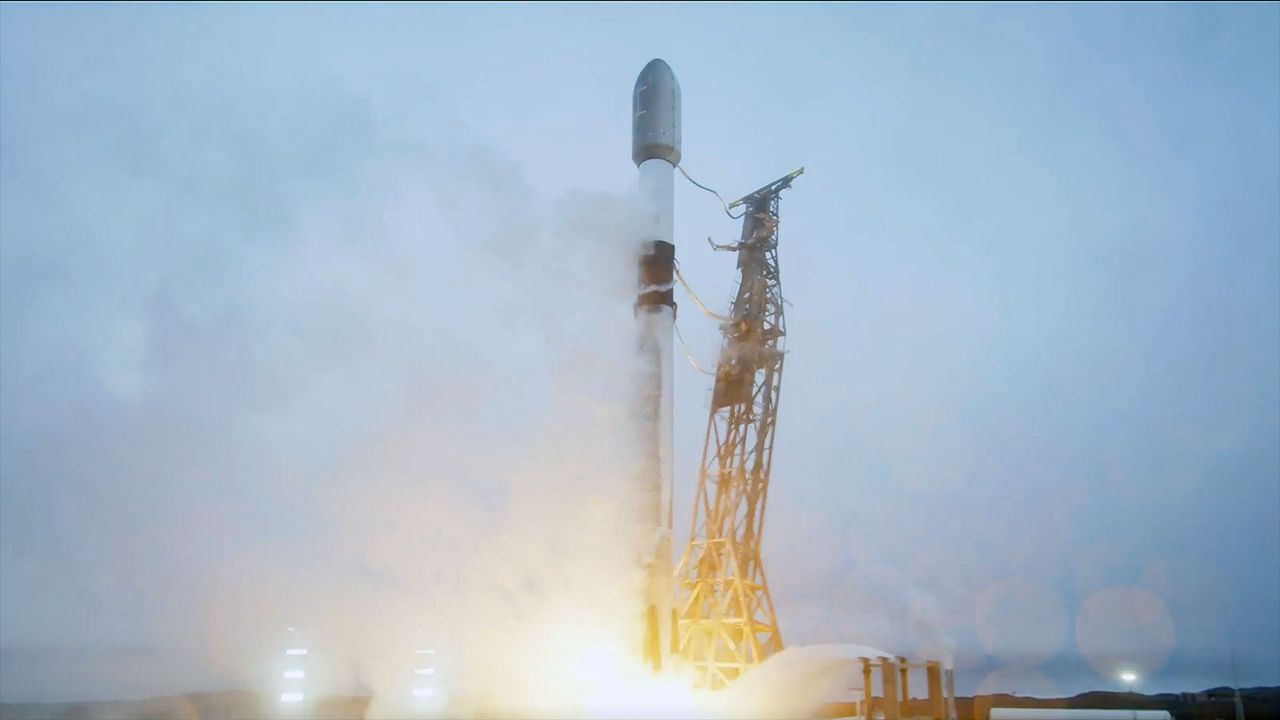13 riveting images from the 2025 Wildlife Photographer of the Year awards
PositiveScience

The 2025 Wildlife Photographer of the Year awards have showcased stunning images that capture the beauty and drama of nature, including a hyena prowling through an abandoned diamond mining town and a striking scene of rattlesnakes. These captivating photographs not only highlight the incredible talent of wildlife photographers but also raise awareness about the importance of conservation and the challenges faced by wildlife in their natural habitats.
— Curated by the World Pulse Now AI Editorial System












